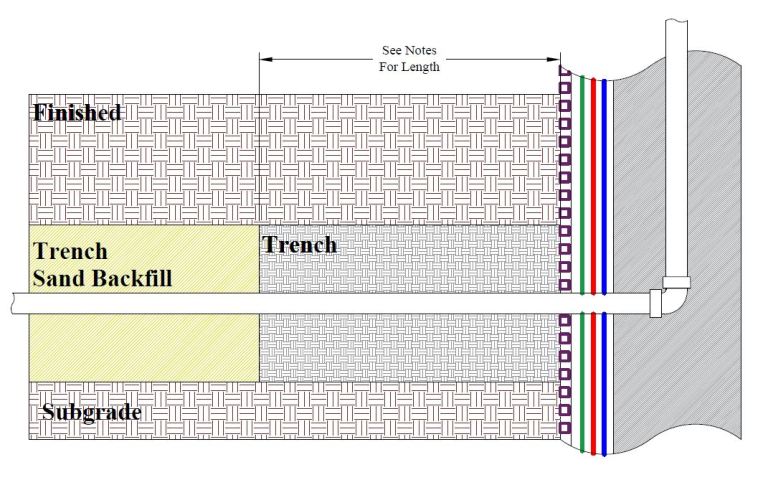Alquist-Priolo Earthquake Fault Zoning Act
Alquist-Priolo Earthquake Fault Zoning Act: The Alquist-Priolo Earthquake Fault Zoning Act is a law that assists geologists to define “active faults” versus “potentially active faults.” The process entails using the same aging criteria as the United States Geological Survey (USGS) and the California Geological Survey (CGS). In fact, California policy requires zoning any potentially active fault that possesses a relatively high potential for ground rupture, for future public reference. The law was originally passed in 1972 as the “Alquist-Priolo Special Studies Zones Act.” Currently, it has undergone some reform, and is now referred to as the “Alquist-Priolo Earthquake Fault Zoning Act.”
The Alquist-Priolo Earthquake Fault Zoning Act commonly applies to the seismology, engineering geology, and geotechnical branches of geology.
Fault Investigations
As per the CGS, strike-slip faults and dip-slip faults may be categorized as “active,” “potentially active,” or “inactive.” Active faults show displacement within the past 11,000 years. Potentially active faults show displacement within the last 1.6 million years. And inactive faults show no evidence of displacement within the last 1.6 million years.


